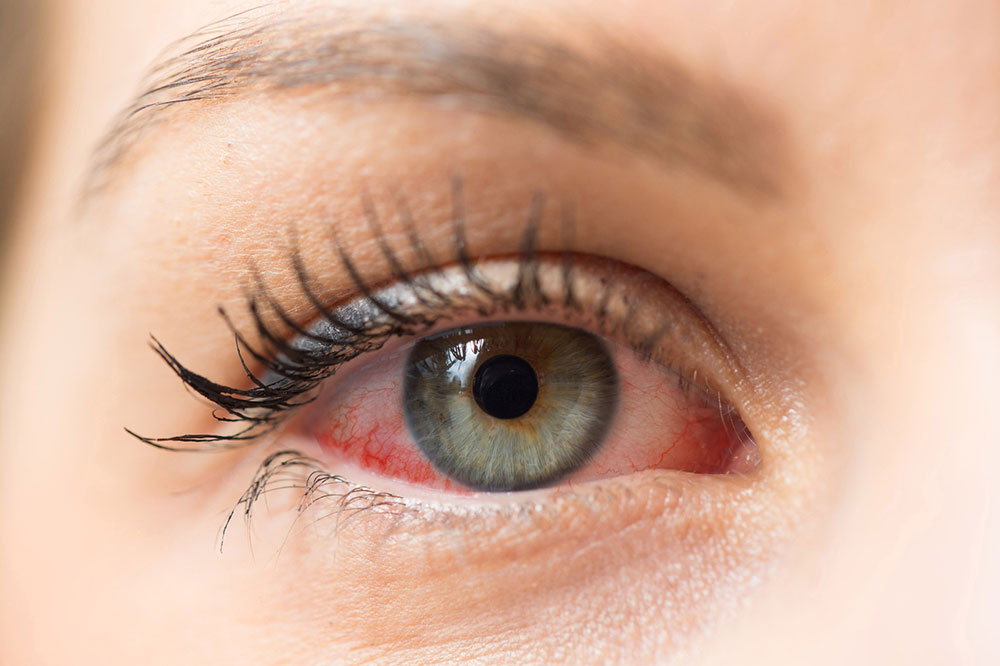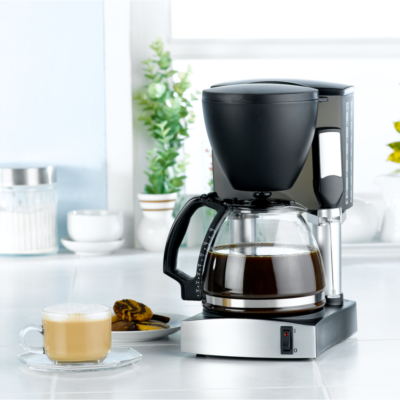
Dry Eye Diagnosis and Treatment
Dry eye is a condition in which your eyes fail to produce a sufficient amount of tears. A comprehensive exam that assesses your eye as well as overall health can help your doctor diagnose the condition. Here are a few ways in which dry eye is diagnosed and treated:
1. Diagnosis
A battery of tests is run to ascertain the underlying cause of dry eye. Your doctor will begin with an eye exam, checking eyelids, the surface of the eye, and your blinking pattern; and advise tests as needed. Here are a few diagnostic tests for dry eye:
- Schirmer’s test
This test measures the amount of tears produced. It involves placing strips of blotting paper under the lower eyelids. Your doctor will gauge the condition based on the amount of tears the strip was soaked in. - Checking tear quality
An piece of blotting containing a special dye is used to assess the surface condition of your eyes. Your doctor will observe the staining patterns on the cornea. Your eyes are then exposed to a blue light, which may present irregularities, if any. - Tear osmolarity test
When you have dry eye, there will be naturally be less amount of water in your eyes. This test is used to measure the constitution of tears and particles in your eyes.
2. Treatment methods
Gently washing the eyes can rid it of debris and open the tear ducts. This, in turn, reduces inflammation. You can either use a warm, wet cloth or mild soap to clean the base of your eyelids. If this doesn’t work, then here are a few other ways to manage the condition:
- Over-the-counter medications
Most people with mild dry eye symptoms can find relief with over-the-counter medications. Several products are available in the form of eye drops, ointments, and gels that help lubricate the eyes. - Medications to reduce inflammation
Inflammation along the outer edges of the eye can prevent the oil glands from secreting oil into the tears. Your doctor may recommend antibiotics to reduce inflammation. They can either be taken orally or be applied topically. Inflammation of the cornea is controlled by prescription medicines that contain corticosteroids. - Cholinergic agonists
This class of drugs helps increase the production of tears. They are available in the form of pills as well as eye drops. - Punctal plugs
Closing the tear ducts is done either partially or completely to prevent the tears from flowing out of the eyes too quickly. The tear ducts are blocked with tiny medical plugs that are removable. They can also be blocked through thermal cautery, which is a more long-lasting procedure.
Dry eye, in most cases, is curable. However, if it is chronic and progressive, then it may need more rigorous treatment. You need to consult your ophthalmologist for a timely diagnosis and treatment.


